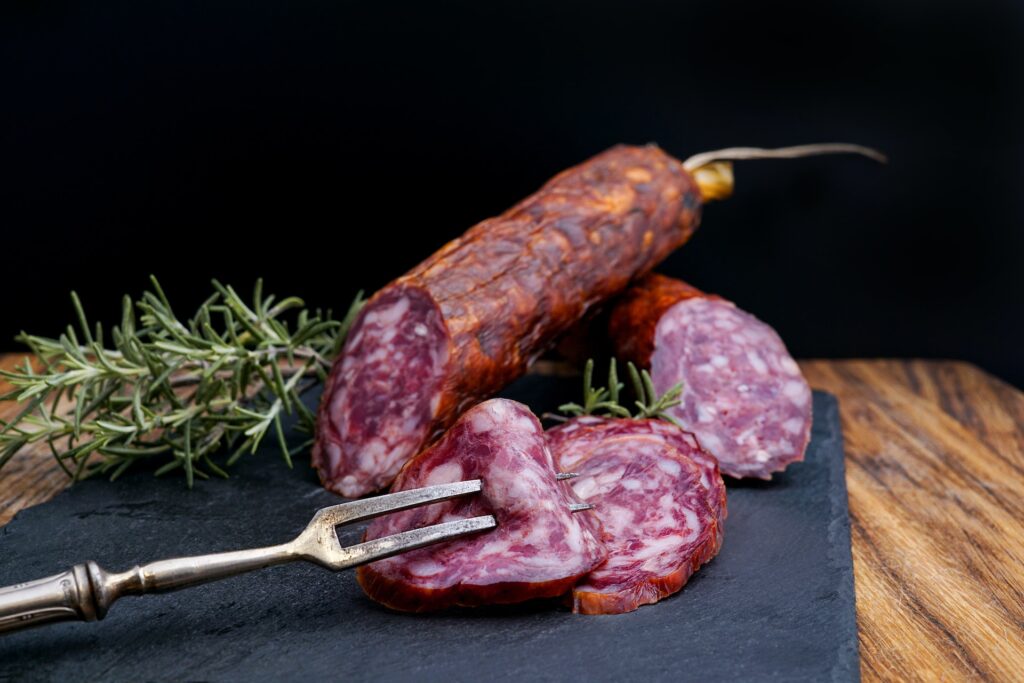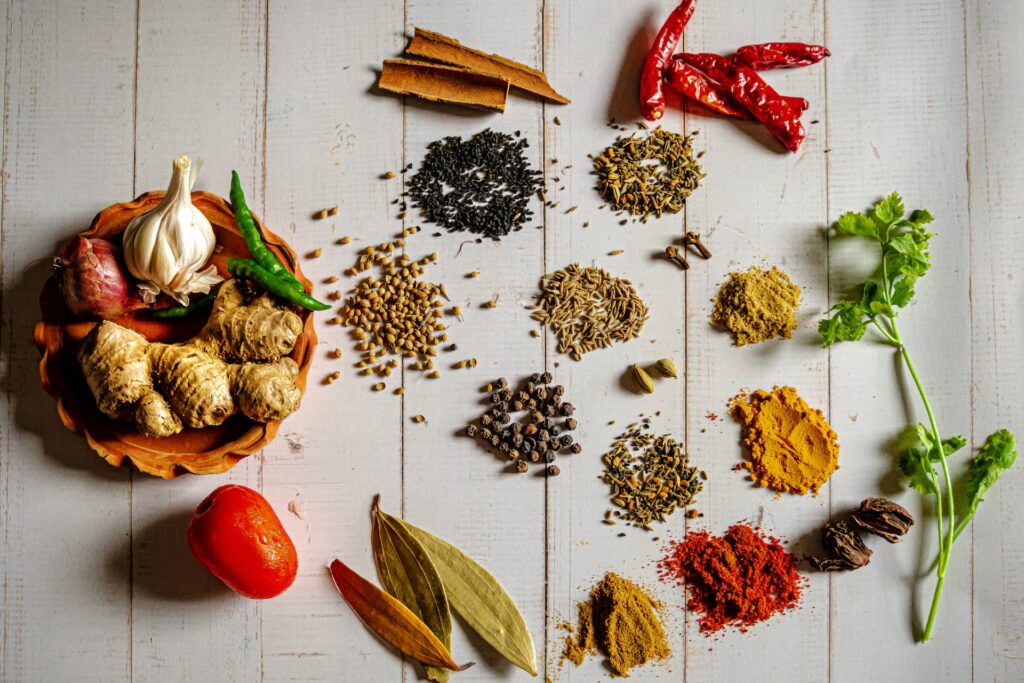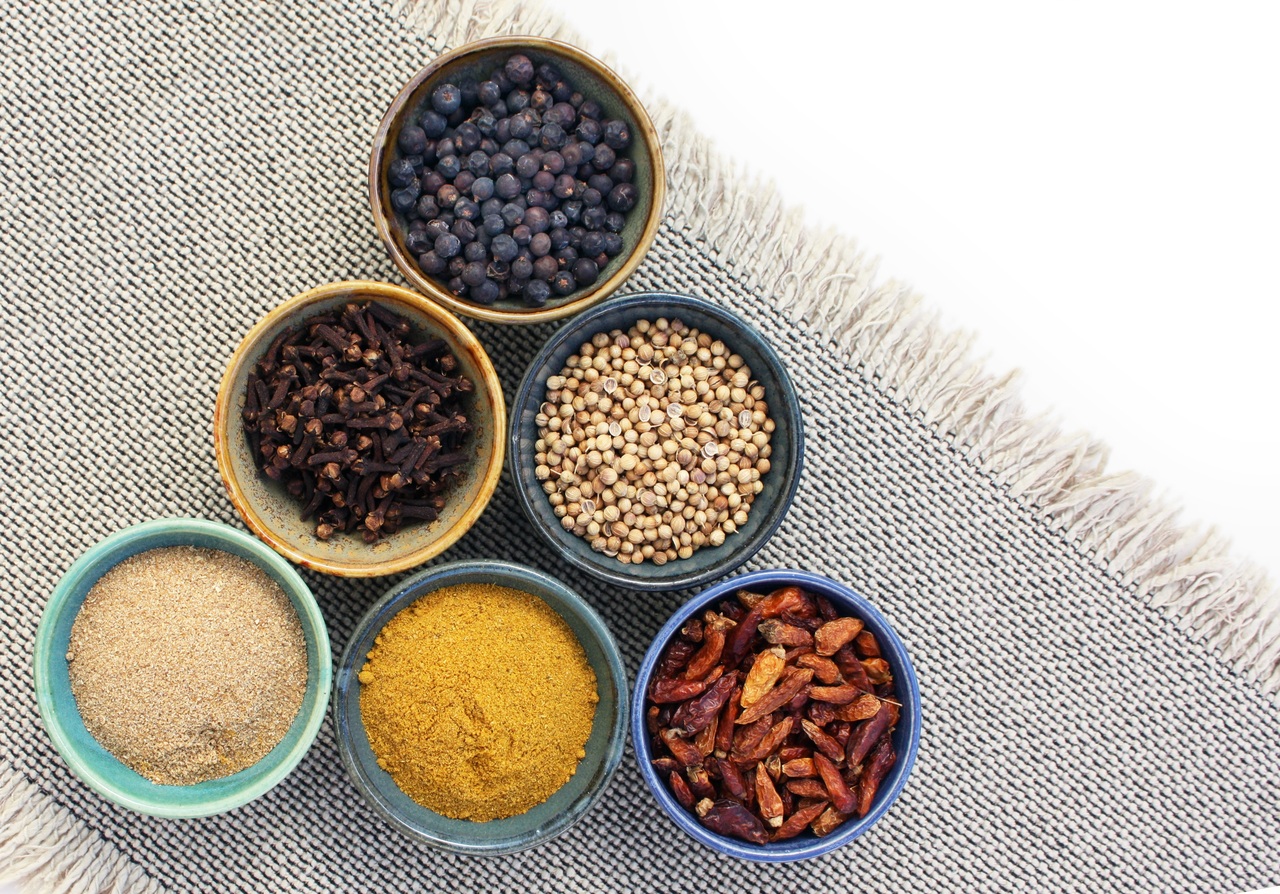Are spices high in sodium? Maybe you are curious about the sodium content in your spice cabinet. Honestly, I had no idea how much sodium was lurking in my spices until I did some research. And let me tell you, I was surprised!
That’s why I wanted to share with you what I learned about the sodium levels in spices. While spices may seem like innocent little additions to your meals, they can contribute significantly to your daily sodium intake. So, if you’re trying to watch your sodium intake for health reasons or you simply want to make sure you’re using spices in a healthy way, then this blog post is for you.
What Exactly Is Sodium?
Have you ever heard your doctor or nutritionist mention something about “watching your sodium intake”? Well, first let’s talk about what sodium is. Sodium is an essential mineral for the human body. It helps regulate blood pressure, maintain fluid balance, and transmit nerve impulses.
The Dietary Guidelines for Americans recommend that healthy adults should consume no more than 2,300 milligrams of sodium per day (about one teaspoon). But some individuals may need to consume even less due to health conditions or medications.
Sodium is found naturally in many foods, such as vegetables and dairy products, but it is also added to many packaged and processed foods for flavor and preservation purposes. So, why do we need to watch our intake of sodium? Consuming too much sodium can lead to health problems such as high blood pressure, heart disease, and stroke. In fact, most Americans consume more than the recommended daily amount of sodium, and many aren’t even aware of it. Packaged and processed foods are often culprits of high sodium content and pre-made meals at restaurants.
Are Spices High in Sodium?

It is essential to understand that spices are the dried parts of plants, such as seeds, roots, and fruits, typically used for flavoring or as a coloring agent. Unlike processed foods that often contain high amounts of sodium, spices, in their natural forms, do not contain much. For instance, coriander, cumin, cardamom, and turmeric contain only a tiny amount of sodium, less than 1 mg per teaspoon.
Moreover, spices like garlic, garlic salt, ginger, and black pepper contain zero sodium, making them an ideal option for people looking to cut down their salt intake. Besides, spices such as cinnamon, cloves, and nutmeg can help reduce the need for adding other flavoring agents during cooking, ultimately reducing overall sodium intake.
In contrast, some pre-made spice blends, such as grill seasoning, taco seasoning, curry powder, and chili powder, can contain high sodium. These blends are often processed to contain various additives, stabilizers, and fillers that increase the sodium content. Therefore, checking the food labels of the pre-made spice blends before buying and using them is always recommended.
Furthermore, when cooking with spices and herbs, it is essential to keep an eye on the overall amount of sodium in the dish, especially if you suffer from hypertension or other health conditions. Excess salt in your dishes, even from spices or herbs, could lead to health issues.
How to Use Spices for Low Sodium Diets

Spices are a great way to add depth and complexity to your dishes without relying on table salt. But how do you use them to stay within the recommended daily limit of sodium intake? Here are some tips:
1: Understand the Flavor Profile of Different Spices
It is important to understand the flavor profile of different spices. Some spices are warm and earthy, while others are bright and citrusy. Each spice has a unique taste and aroma; you can use them in varying combinations to create interesting flavor profiles. You can experiment with different spices to create spice blends that suit your taste preferences.
2: Focus on Natural Herbs and Spices
When using spices for low-salt diets, make sure to use natural herbs and spices. Ditch the pre-made seasoning blends and opt for fresh, organic spices. They are much lower in sodium and other additives that may not be desirable for your diet. If you’re unsure where to start, try experimenting with herbs like thyme and rosemary and spices like turmeric and cumin.
3: Adding Spices During the Cooking Process
Adding spices during the cooking process is key to maximizing flavor. You can add certain spices like bay leaves or whole cinnamon sticks at the beginning of the cooking and remove them later before serving. This allows the spices to infuse into the dish and bring out the flavors in the ingredients. Nutmeg, cloves, cumin, and ginger are great for this cooking method.
4: Post-Cooking Seasoning
Another way to incorporate spices is through post-cooking seasoning. This is when you season your dish with spices right before serving. It helps to provide a fresh burst of flavor and aromatics from the spices. Post-cooking seasoning works well for herbs like parsley, cilantro, and basil and spices like paprika, garlic, and black pepper.
5: Experiment with Spice Blends
Don’t hesitate to experiment with spice blends. You can buy pre-made spice blends or make your own blends by combining different spices. For example, combine cinnamon, nutmeg, ginger, and allspice for a pumpkin spice blend. Or you can mix paprika, cumin, and garlic for a taco seasoning blend. The options are endless, and you can create several spice blends that cater to your desired flavor profiles.
Remember, there are no strict rules for using spices, so have fun and experiment with different blends to discover new and exciting flavors.
Frequently Asked Questions
How do you remove sodium from your body?
If you’re trying to decrease your sodium intake, cut out processed foods and add more fresh fruits and vegetables to your diet. Drinking more water can also help flush out excess sodium from your system. It may also help to exercise regularly – sweating can be a great way to detoxify your body.
What to do after eating too much sodium?
Too much sodium can lead to bloating, swelling, and even high blood pressure. But instead of feeling guilty, let’s focus on how to help our bodies feel better. Try drinking plenty of water to help flush out the extra sodium. Eating foods high in potassium, like bananas or spinach, can also help balance out sodium’s effects. And if you’re feeling sluggish after your salty indulgence, some light exercise or a walk outside can do wonders for boosting your energy.
What foods fight sodium?
Try incorporating more fresh vegetables and fruits into your meals. They are naturally low in sodium and packed with nutrients. You can add flavor to your dishes with herbs and spices like garlic, thyme, and rosemary. Foods like nuts, seeds, and legumes are also great protein sources and are low in sodium. The key is to focus on whole, natural foods and avoid processed foods as much as possible.
Is turmeric high in sodium?
Turmeric is actually quite low in sodium. In fact, it contains only trace amounts of the mineral. So, if you’re looking for a healthy spice to add to your diet, turmeric is a great option! Not only is it low in sodium, but it’s also loaded with antioxidants and has numerous health benefits. From reducing inflammation to improving brain function, this spice is truly a superfood.
Do eggs have high sodium?
One large egg only has about 70 milligrams of sodium, less than 5% of your recommended daily intake. So, eggs are a great choice if you want a breakfast option that won’t make you feel bloated or sluggish. Plus, they’re high in protein and versatile – you can have them scrambled, boiled, or baked into a quiche.
Final Words
After researching and considering my own experience, it’s safe to say that spices may have the potential to be high in sodium, but it depends on the individual spice and the amount used. As someone who loves a good spice blend, it was disappointing to learn that many of my favorite seasonings contain more sodium than I realized. However, this has also been a reminder to read labels and be mindful of my salt intake. While spices can add flavor and variety to meals, it’s important to be aware of the potential for added sodium. At the end of the day, it’s all about balance and making choices that work for each individual’s health goals.

